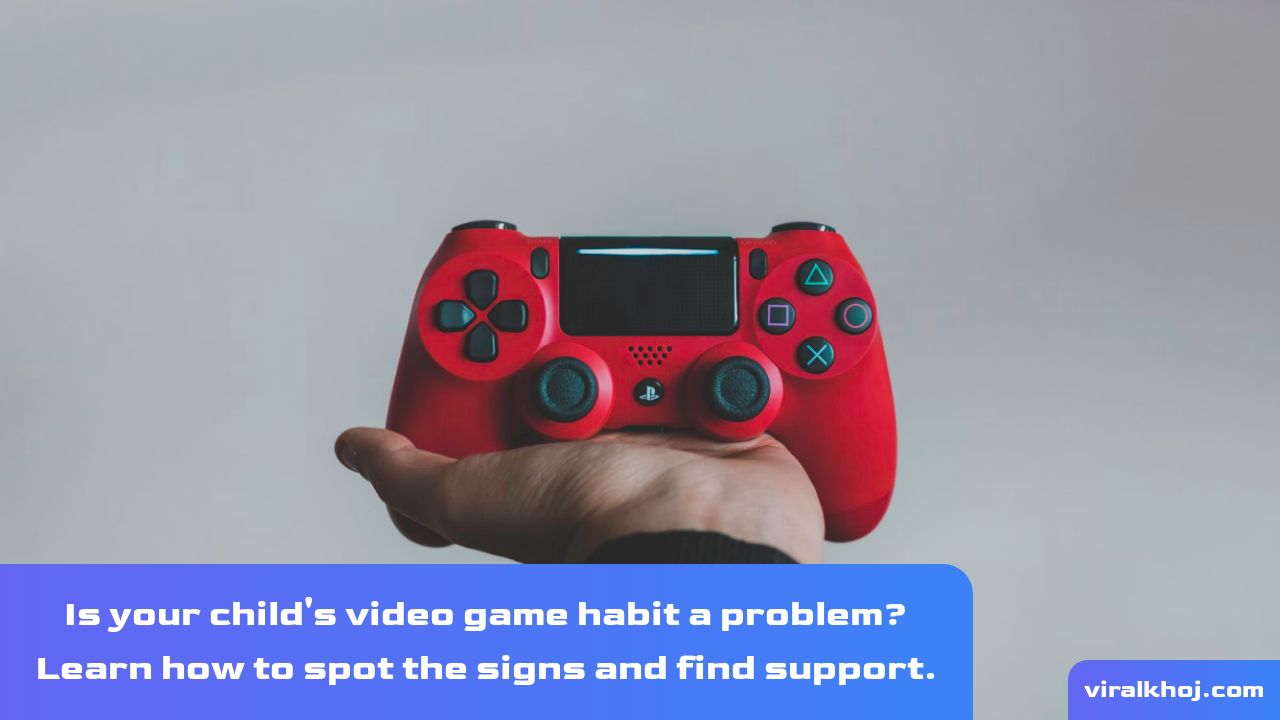The First Descendant vs Destiny 2: Uncovering Similarities and Differences

The First Descendant vs Destiny 2: Uncovering Similarities and Differences
When it comes to looter-shooter games, The First Descendant and Destiny 2 are two titles that have captured the attention of gamers worldwide. While both games share the core mechanics of being looter-shooters, there are some key similarities and differences that set them apart. Let's dive into the world of these games and explore what makes them unique.
Similarities:
- Open World Quests: In both The First Descendant and Destiny 2, players can explore the open world and stumble upon various missions. These missions are scattered throughout the region, marked with distinct icons, and can be joined by other players in the vicinity. This adds an element of spontaneity and cooperative gameplay to both games.
- Weapon Infusion: Both games feature a mechanic called weapon infusion, which allows players to upgrade their weapons by combining them with higher-level weapons. While Destiny 2 requires weapons of the same type for infusion, The First Descendant does not have any such restrictions. However, The First Descendant introduces an additional material and crafting process that adds a unique twist to the mechanic.
- Build Customization: In both games, players have the ability to customize their characters' builds. In The First Descendant, this is achieved through equipping modules that boost damage, defense, and health, while Destiny 2 relies on exotic armor pieces, stat mods, and weapons to define a build. Both games offer players the opportunity to tailor their characters to their playstyle and preferred roles.
Differences:
- Storytelling Approach: The First Descendant takes a more objective-heavy approach to its campaign, where players are presented with various objectives in each location before progressing to a campaign mission. On the other hand, Destiny 2 offers a more narrative-driven experience, with story missions unlocking open-world locations and endgame modes as players complete the main campaign. This allows players to fully immerse themselves in the expansive lore of the game.
- Complexity of Builds: While both games offer build customization, the complexity differs significantly. In The First Descendant, modules play a crucial role in defining a character's build, allowing players to modify skills and their outcomes. In Destiny 2, exotic armor pieces, stat mods, subclass fragments, and more contribute to perfecting a build. The depth and intricacy of Destiny 2's build system provide players with a wide range of options and strategies to explore.
- Gameplay Focus: The First Descendant encourages players to adopt specific roles within a team, with supporting characters focusing on assisting allies and DPS characters specializing in dealing damage. Destiny 2, on the other hand, offers a more versatile approach, allowing players to choose from a variety of classes and playstyles, including support, DPS, and hybrid roles. This flexibility adds to the replayability and dynamic gameplay of Destiny 2.
Both The First Descendant and Destiny 2 offer unique experiences within the looter-shooter genre. Whether you prefer the objective-driven campaign of The First Descendant or the narrative-rich world of Destiny 2, there is something for every player to enjoy. So gear up, gather your allies, and embark on epic adventures in these captivating worlds.


Unlock Exclusive Rewards with Garena Free Fire MAX Redeem Codes
27 Aug 2024
GTA VI Rumours: Will Players Get Paid in Cryptocurrency?
08 Jul 2024
Is Your Child Addicted to Video Games? How to Recognize the Signs and Get Help
08 Jul 2024
Sunrisers Hyderabad Through to IPL 2024 Final, Can Pat Cummins Lead Them to Victory?
25 May 2024
Garena Free Fire MAX Redemption Codes: Claim Free Rewards Now!
07 May 2024